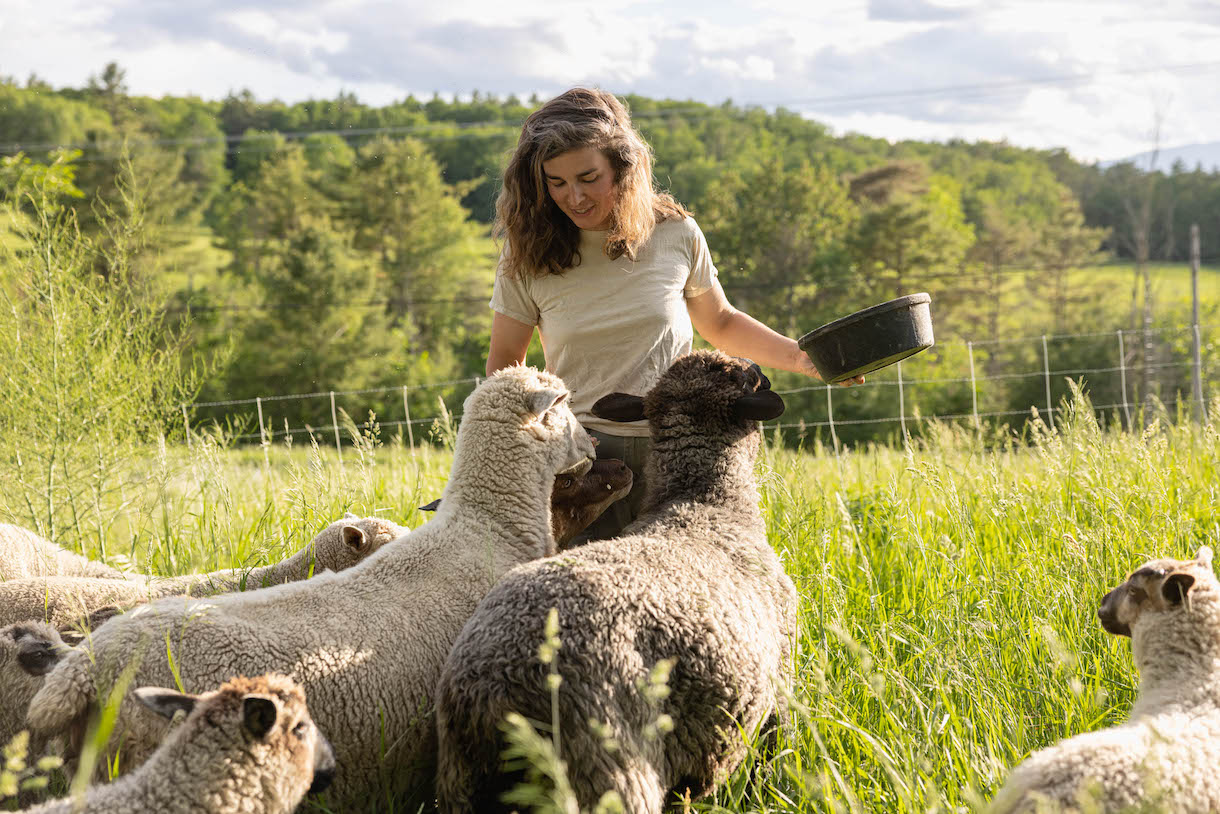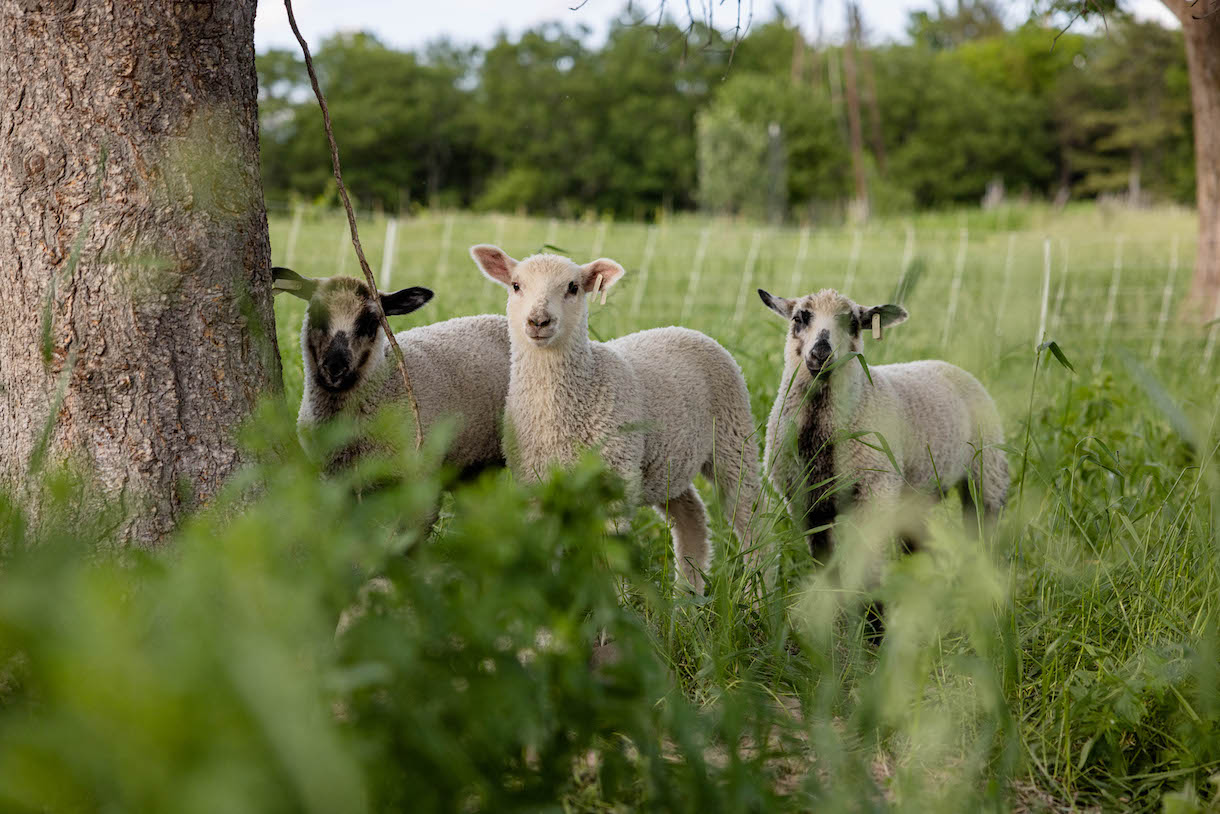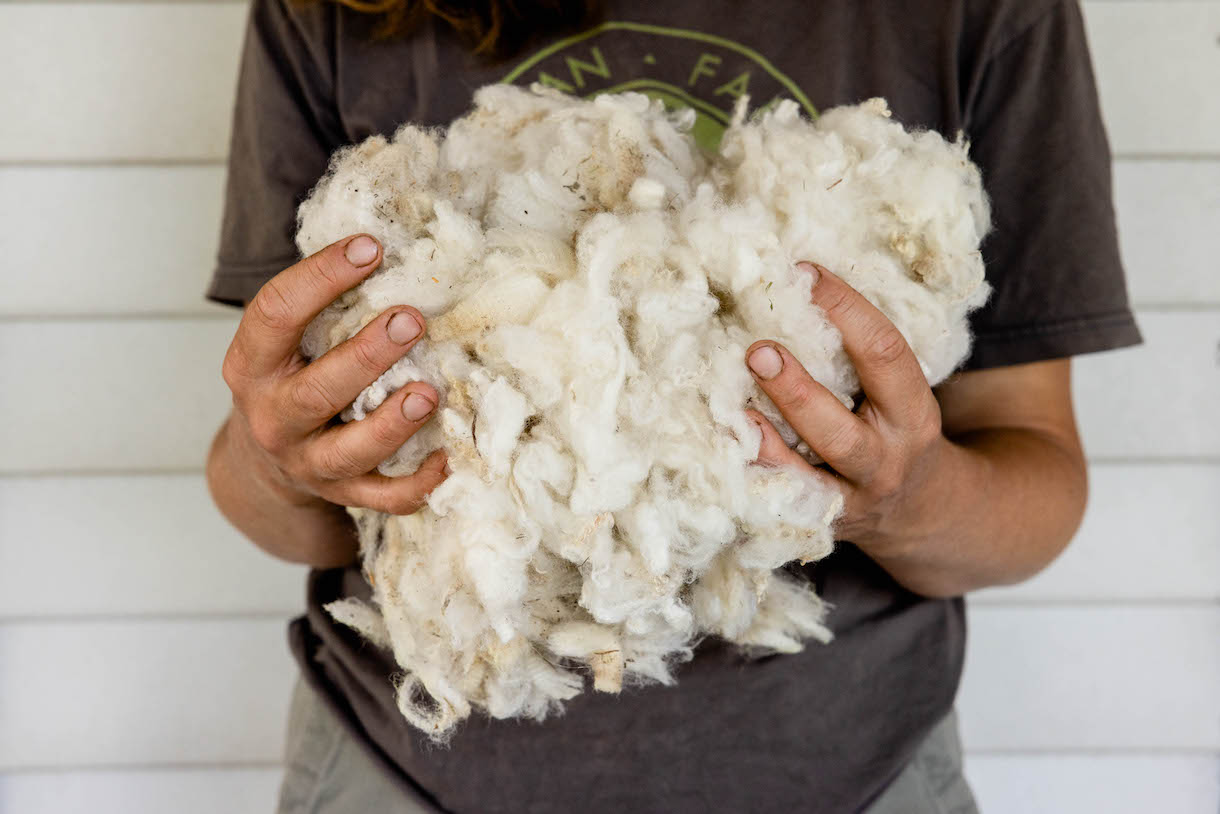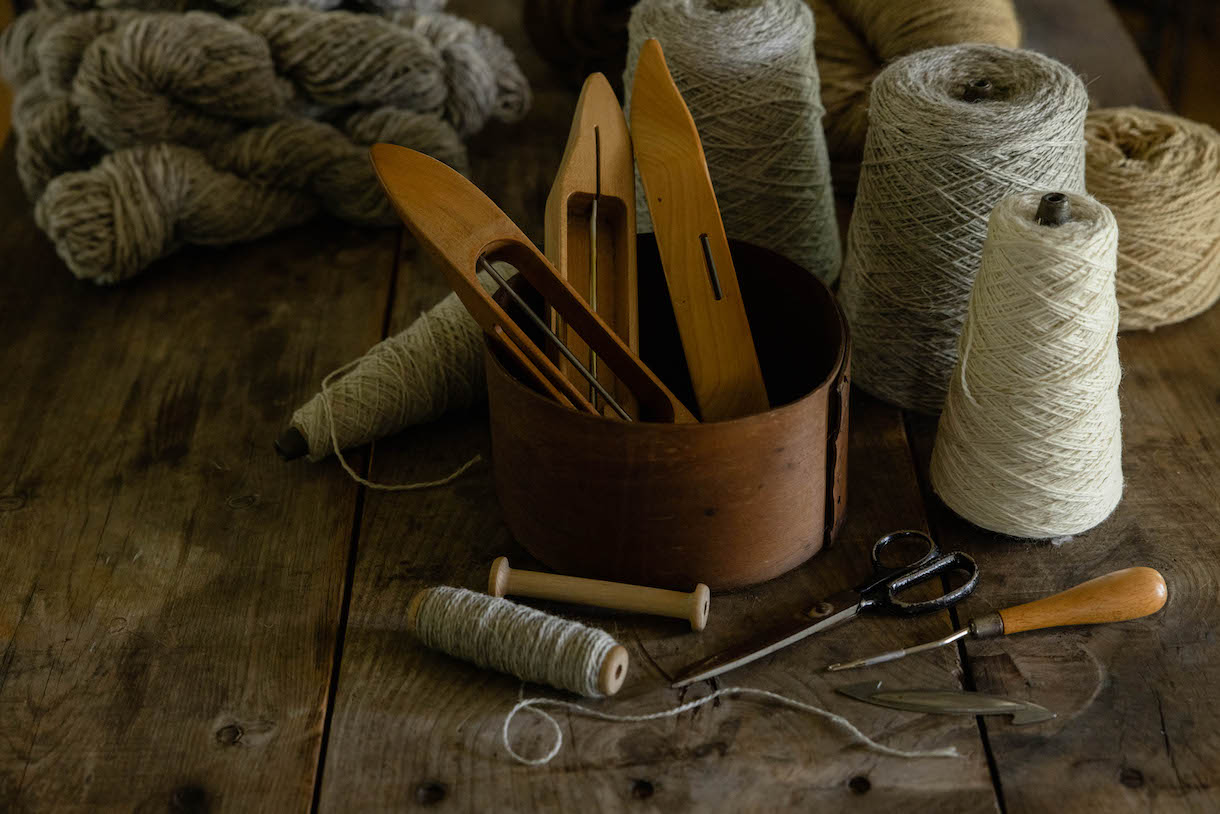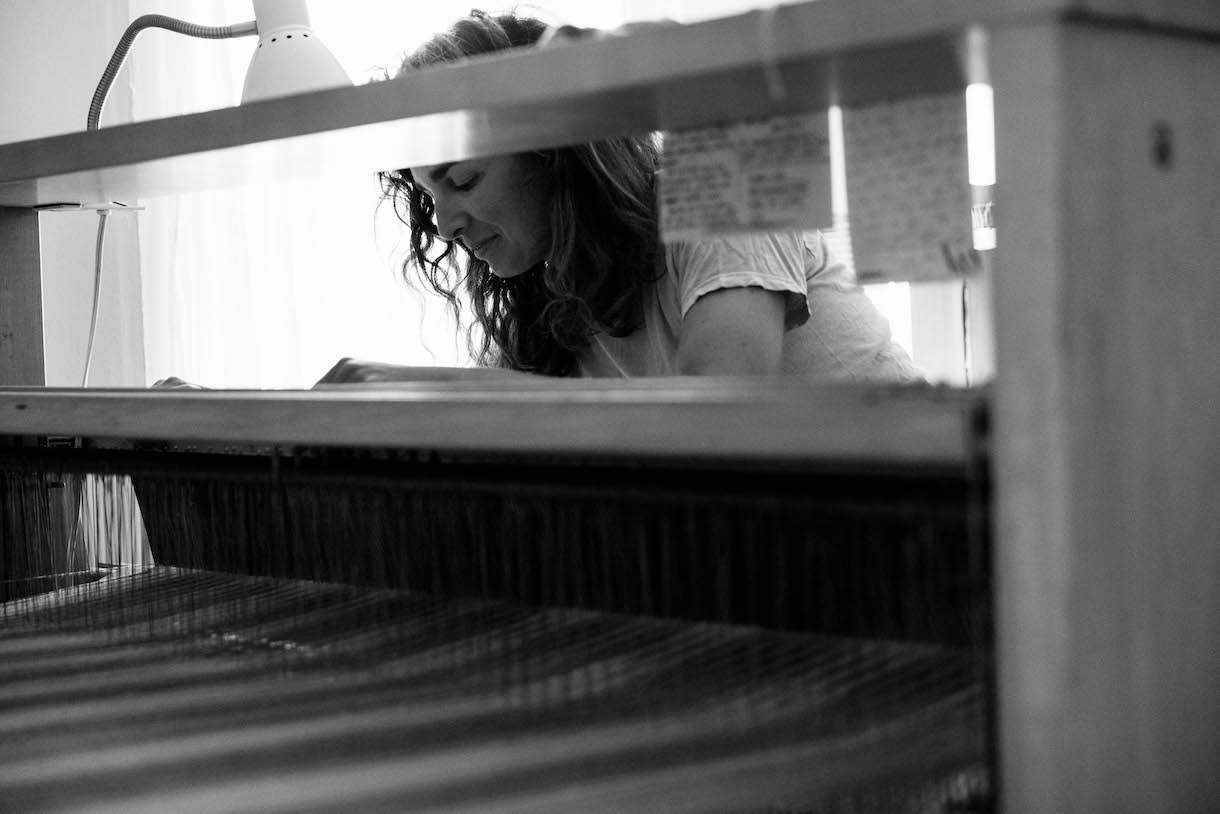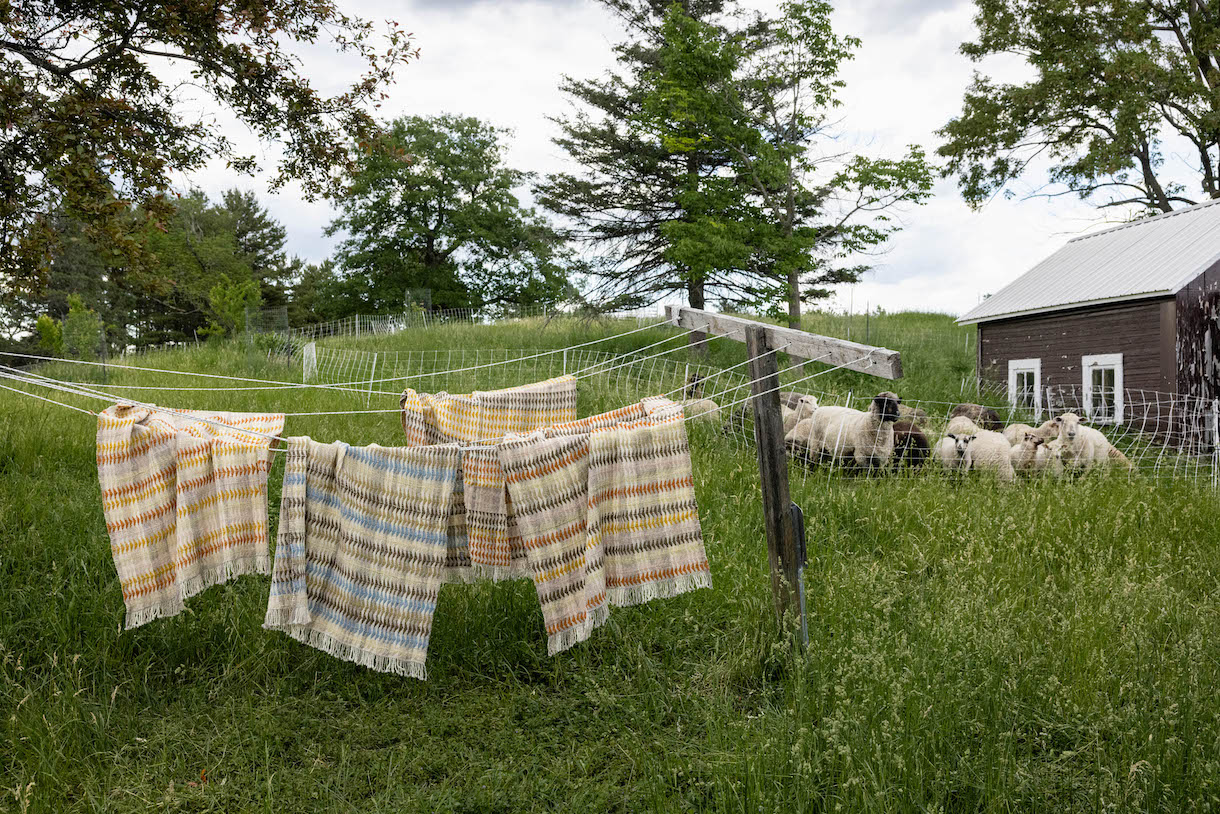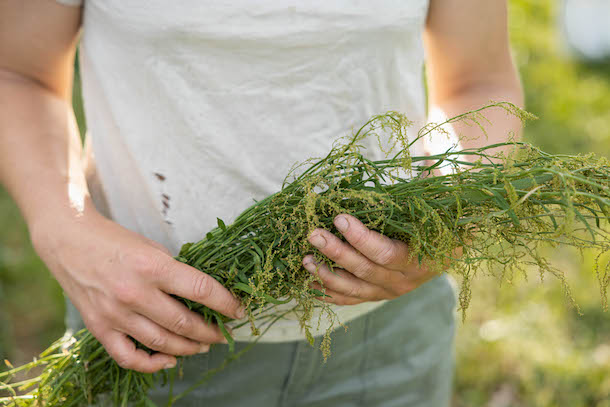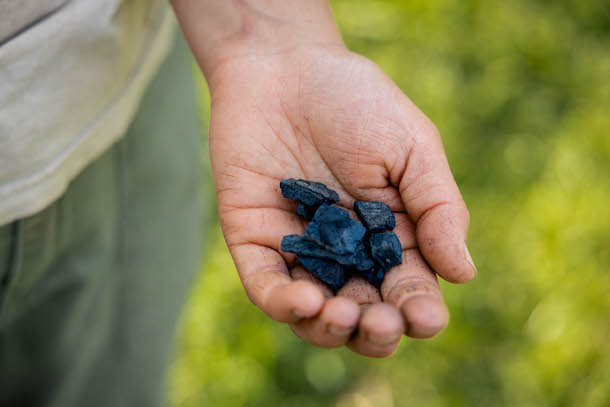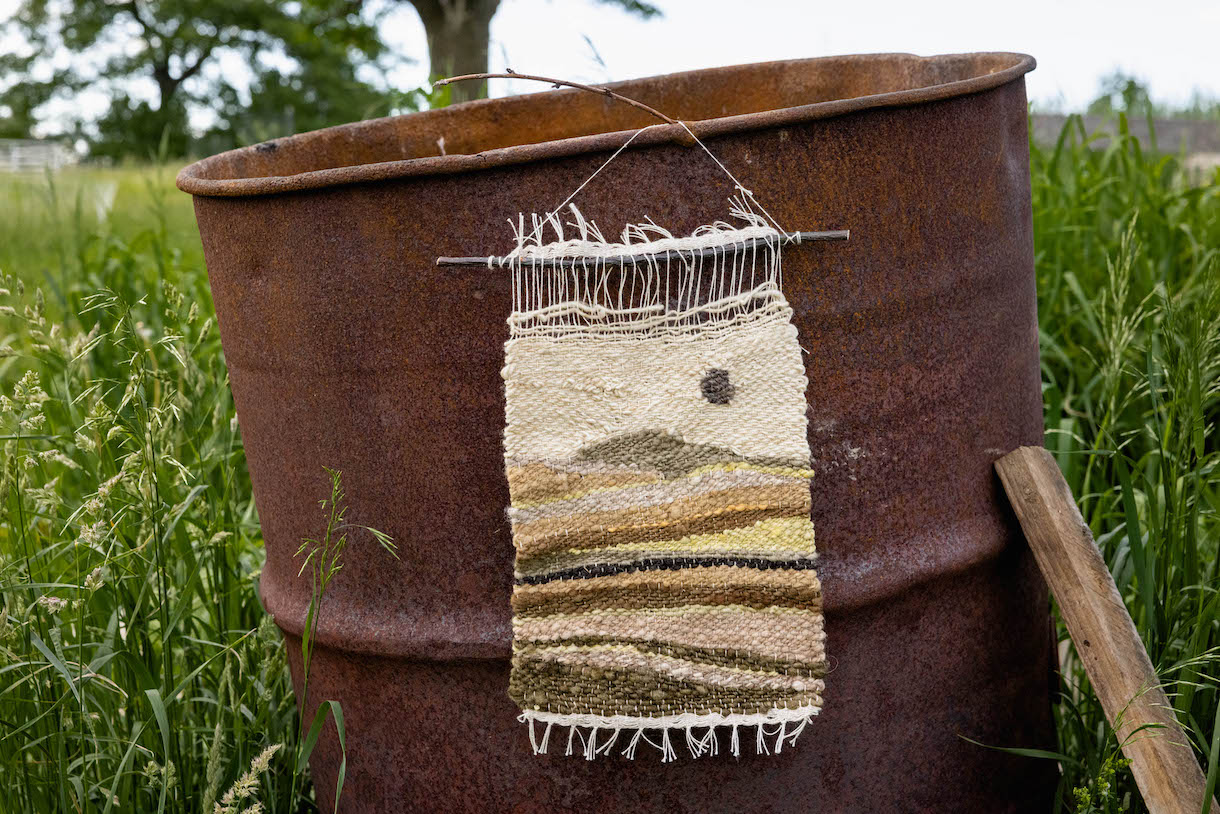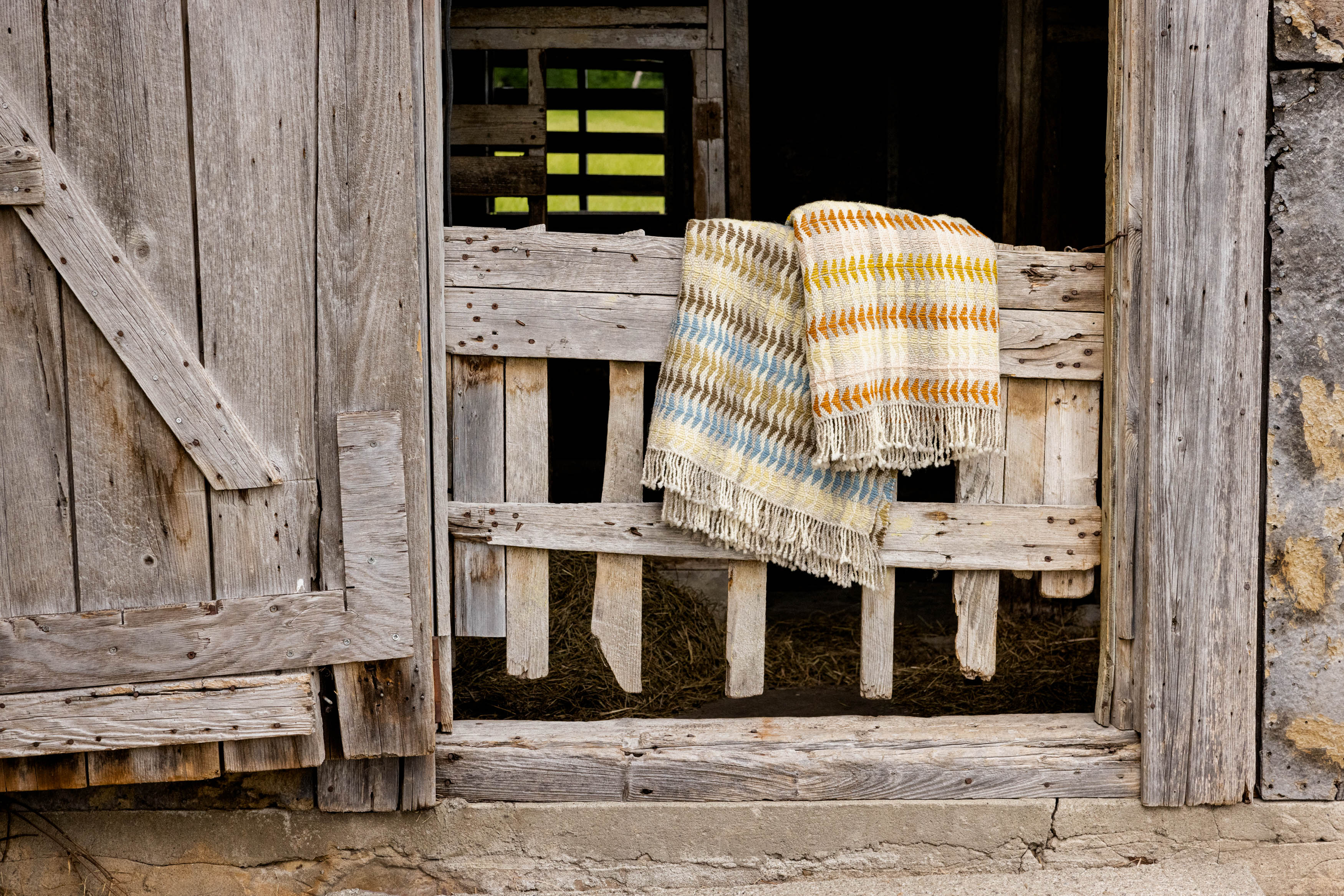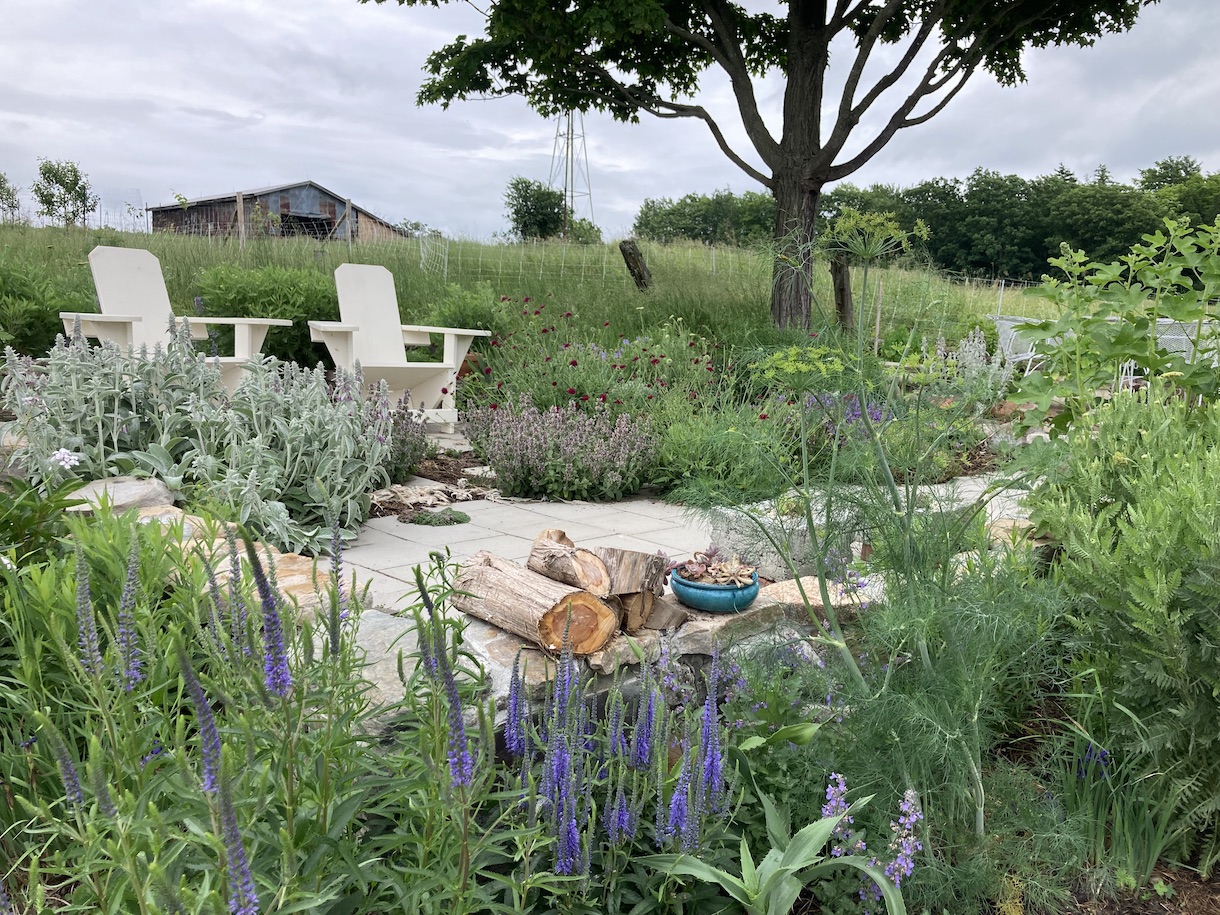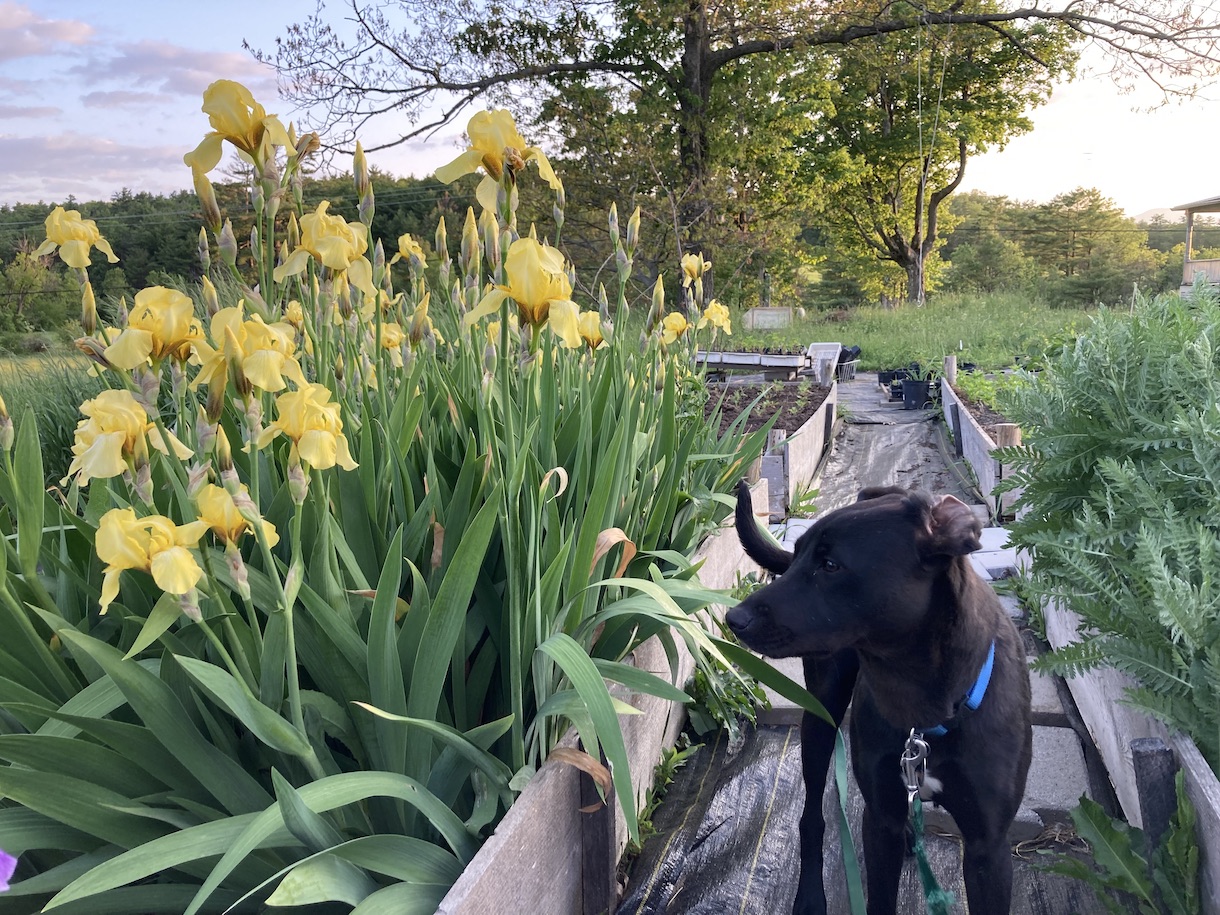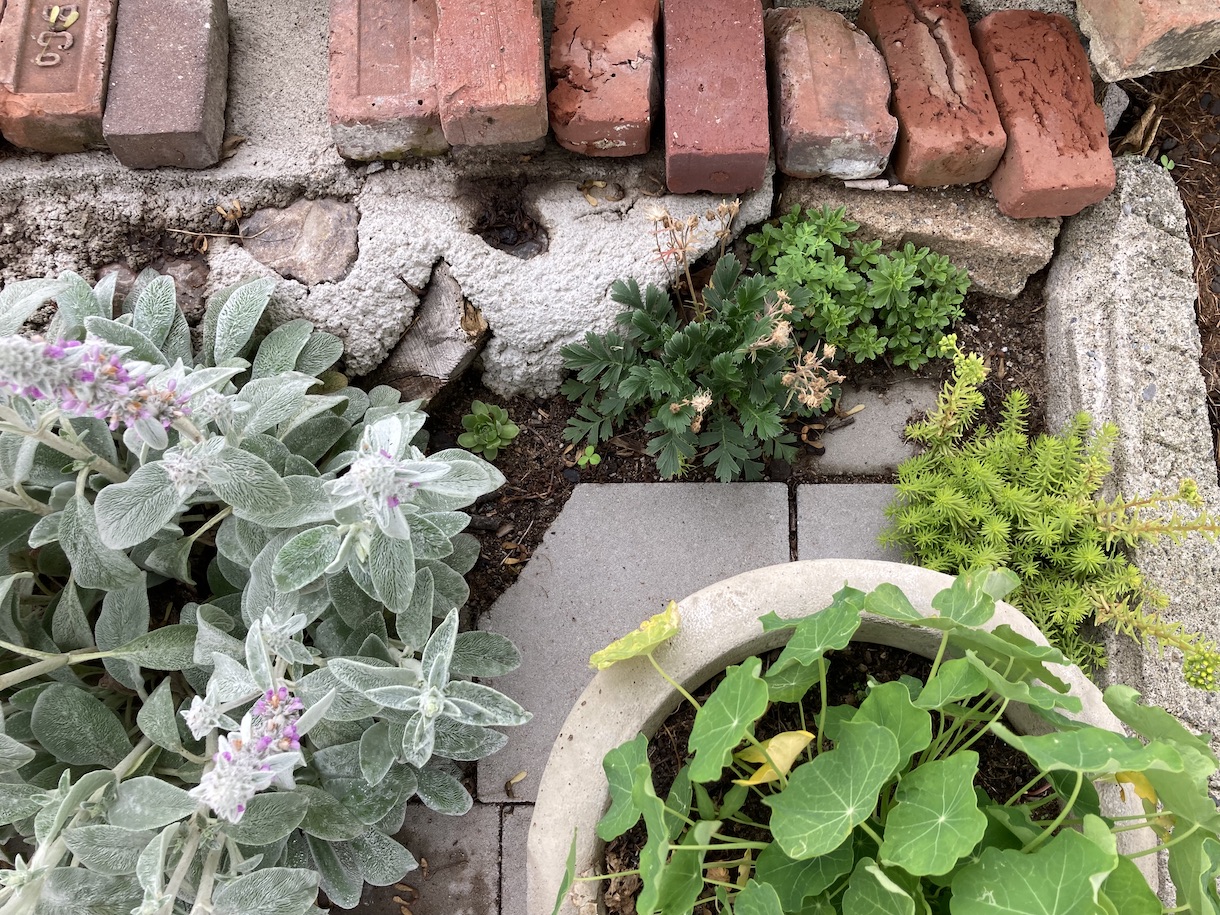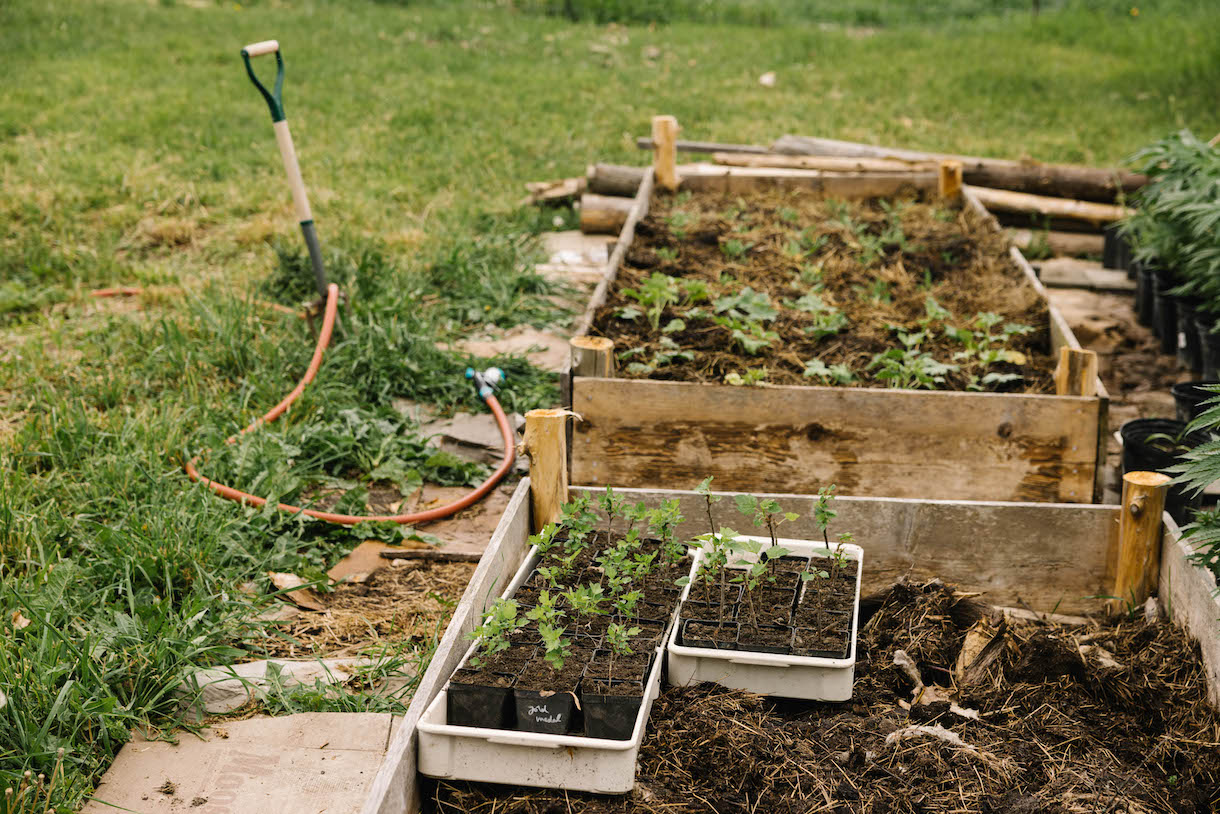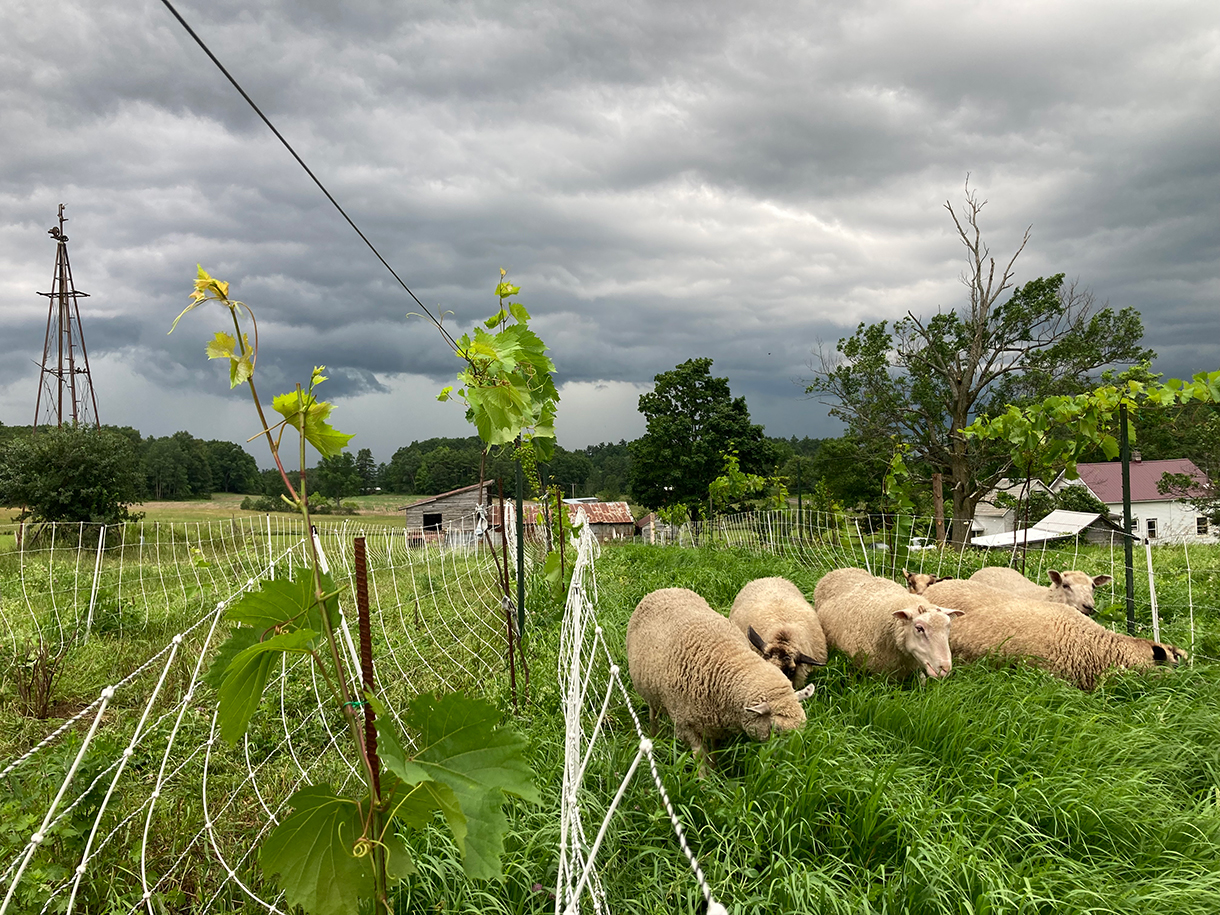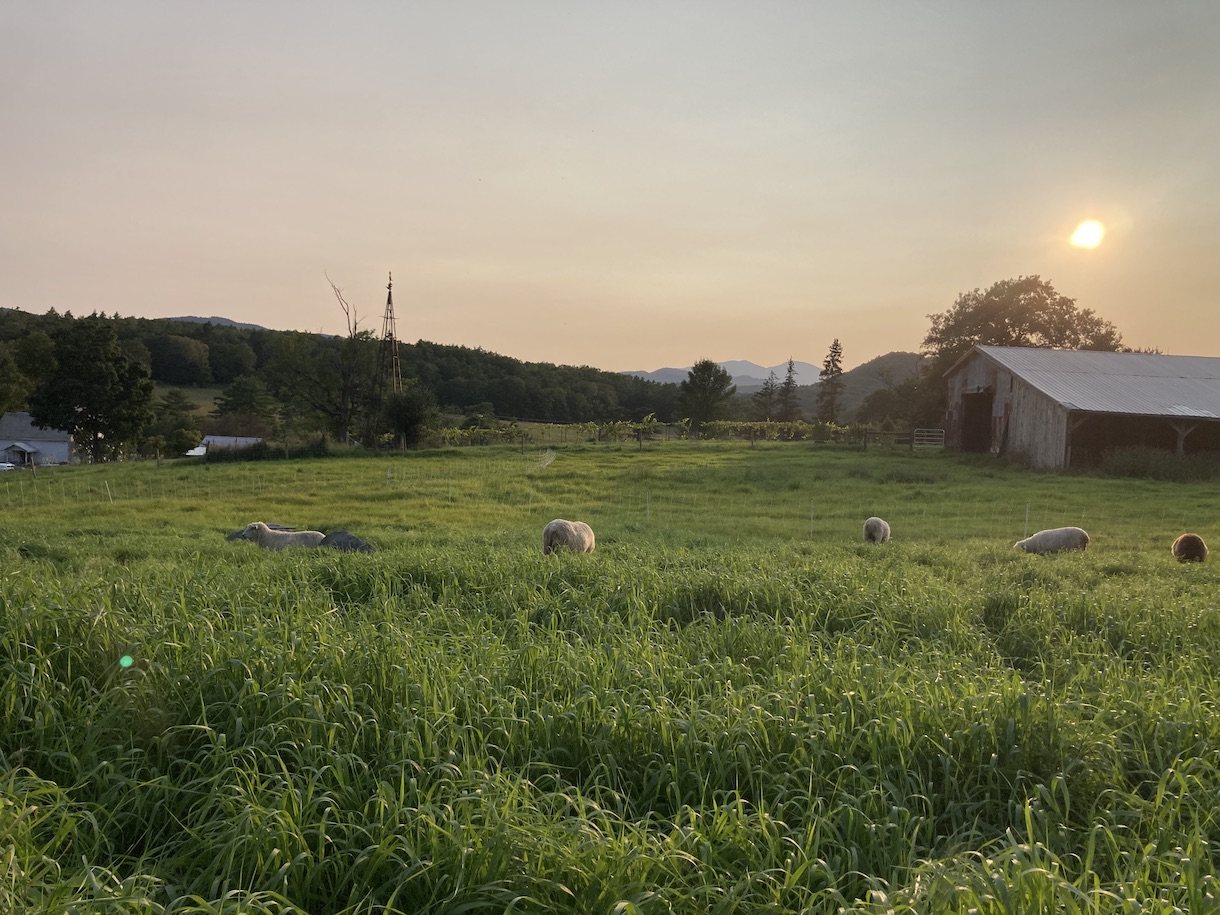wollecru
/vuh-lə-kru/
A farm that utilizes sheep in an ecologically diverse system to produce high quality wool, wine, and flora.
Farming Healthy Soil
Life at Wollecru centers around nurturing 60 acres of land used to raise sheep, trees, vines and flowers so that they may flourish in harmony with all the wildness around us.
The symbiosis between sheep, orchard, vineyard, woods, and pastures produces great food, fertility, medicine, and management for one another. Our part in these relationships is to encourage and provide biodiversity, ideal partnerships, care and protection. In return we receive wonderful wool to weave into blankets and textiles, sheep skins and meats for protein and warmth, fruits for pleasant libations, and flora for beauty, dyes, and sharing. We use these products as a means for us to remain stewards of the land and continue to be part of our ecological community.
wool
Sheep
At Wollecru, sheep graze through pastures, an orchard, a vineyard, and adolescent woodlands. They intensively graze through paddocks, moving to fresh forage almost daily. This concentrated feeding benefits the soil, the plants that grow in it, and the sheep themselves. With each quick bite of these plants, a bit of root material sheds and deposits carbon into the soil. This stimulates new green plant material to grow and absorb more carbon dioxide from the air. Sheep manure adds carbon and fertility to the soil which feeds a diverse array of grasses, flowers, herbs, shrubs, and trees for the sheep to eat. This varied diet allows the sheep to self-regulate and self-medicate by choosing the plants they need and desire, positively affecting their health and happiness. As their body condition increases so does the growth of their marvelous wool.
The sheep flock is a hybrid of British Long wooled (Romney, Cotswold) and Nordic short tailed (Shetland, Finn). Breeding these crosses produces sheep that are hardy, thrive on a grass-based diet, are good mothers, and produce long lustrous wool.
Every winter we harvest some lamb for meat, which we sell as whole or half animals in butchered cuts. We take deposits to reserve meat shares starting each spring. If you are interested in getting a whole or half lamb, you can pay a deposit through our online store, or if you would prefer to pay by cash or check email us at wollecru@gmail.com.
Wool and Weaving
Each spring, a few weeks before lambing, the sheep are shorn. The wool is sorted by color, processed at a nearby fiber mill, and returned to us in large cones of yarn for weaving. This yarn is either left as its original colors or dyed using plants that grow on and around the farm. These natural dyes result in rich colors that are reminiscent of the landscape. By experimenting over the years with natural dyes, we discovered which plants grows well in our area, and what colors remain vibrant and colorfast for years. Some signature colors come from Japanese Indigo, wild foraged sheep sorrel, onion skins, dyers coreopsis and wild impatiens.
Once we have a palate of the season’s colors, the yarn is woven in blankets that are both visually stunning and utilitarian, wall hangings that reflect the beautiful natural world around us, and other home goods. We also sell a limited amount of knitting yarn each season. These products can be found for sale in our online store or at local markets. Get touch if you would like to work with us to create a custom project.
flora
Biodiversity is important in keeping the ecosystem at Wollecru in balance. A wide range of perennial plants grow throughout the gardens, vineyard, and orchard. They feed wild insects and birds, which feed larger and larger animals up the food chain to the top predators such as coyotes, bobcats, and bears. Having plants in flower all year provides long lasting food for beneficial insects that help control pests. Fruiting hedgerows of mulberry and elderberry provide wild birds plenty of food and protected nesting sites along the pastures where they then feed on the insect pests around the sheep, vineyard, and orchard. All this biodiversity starts with the wildflowers, perennials, shrubs, and trees that we foster and plant. Seasonally, we sell cut flowers to local customers, and soon will have perennials plants for sale once our inventory of stock plants is established.
wine
The first grape vines were planted in 2021. All the wine and cider that we make is spontaneously fermented, utilizing the natural yeasts that bloom on the fruit skins. Because of this, growing in an organic, highly diversified biological system is our best option. The grapes are trained to a single cordon high wire system, so that sheep can graze through the vineyard, even during the growing season. They help to manage the vegetation and “prune” lower shoots and suckers, while fertilizing the soil. There are fragrant perennial herbs such as oregano, thyme, and mint acting as a groundcover and deterring pests. As the vines grow, we plan to add more flowering perennials and bring more life to the vineyard.
The grapes that grow in our zone 4 region are all vigorous, cold-hardy hybrids. Louise Swenson, Frontenac Gris, and Itasca are for white wines and vinegars; Marquette and Petite Pearl for reds. These varieties generally produce light, acidic, fruity and refreshing wines--- a small taste of this slice of earth.
The vineyard neighbors a small diverse orchard, primarily consisting of cider apples, a few pears, and a cove of plums. Below the trees is a small fruit patch of currants, gooseberries, raspberries, blueberries and Aronia. Large cropping shrubs like mulberries, elderberries, and service berries are planted as wind blocks and hedgerows. They also provide food, and additions to fermented juices. The aim is to plant enough for humans, birds, and then some.
In future years we hope to share our botanical drinks through a wine club. Get in touch if you would be interested in participating.
contact
Kirsten Liebl and Taylor LaFleur
342 NYS Route 22
Westport, NY 12993
wollecru@gmail.com
Follow us on Instagram: @kirstenliebl
Sign up for our seasonal newsletter below to hear news from the farm as well as first look at products for sale, and meat availability.

Photos by Kelsey Foster Photography
